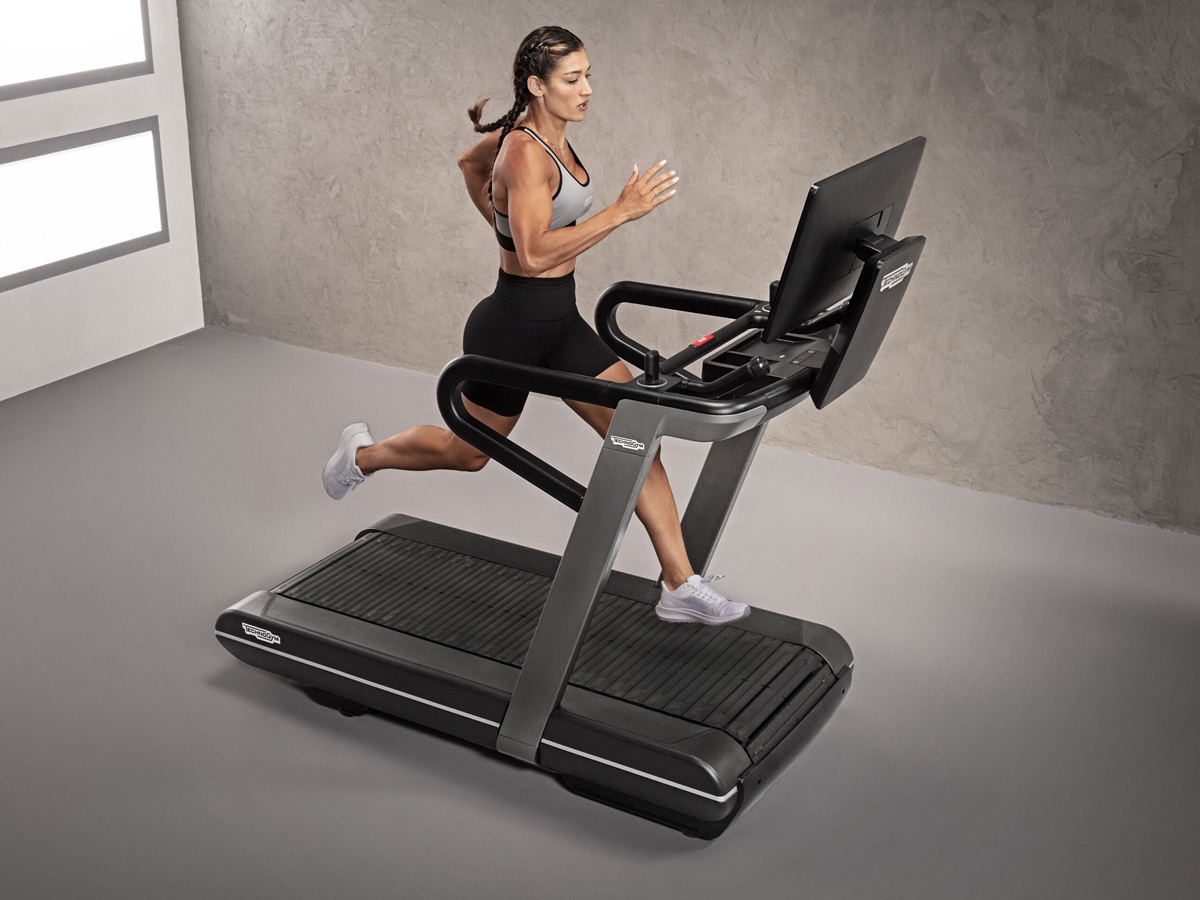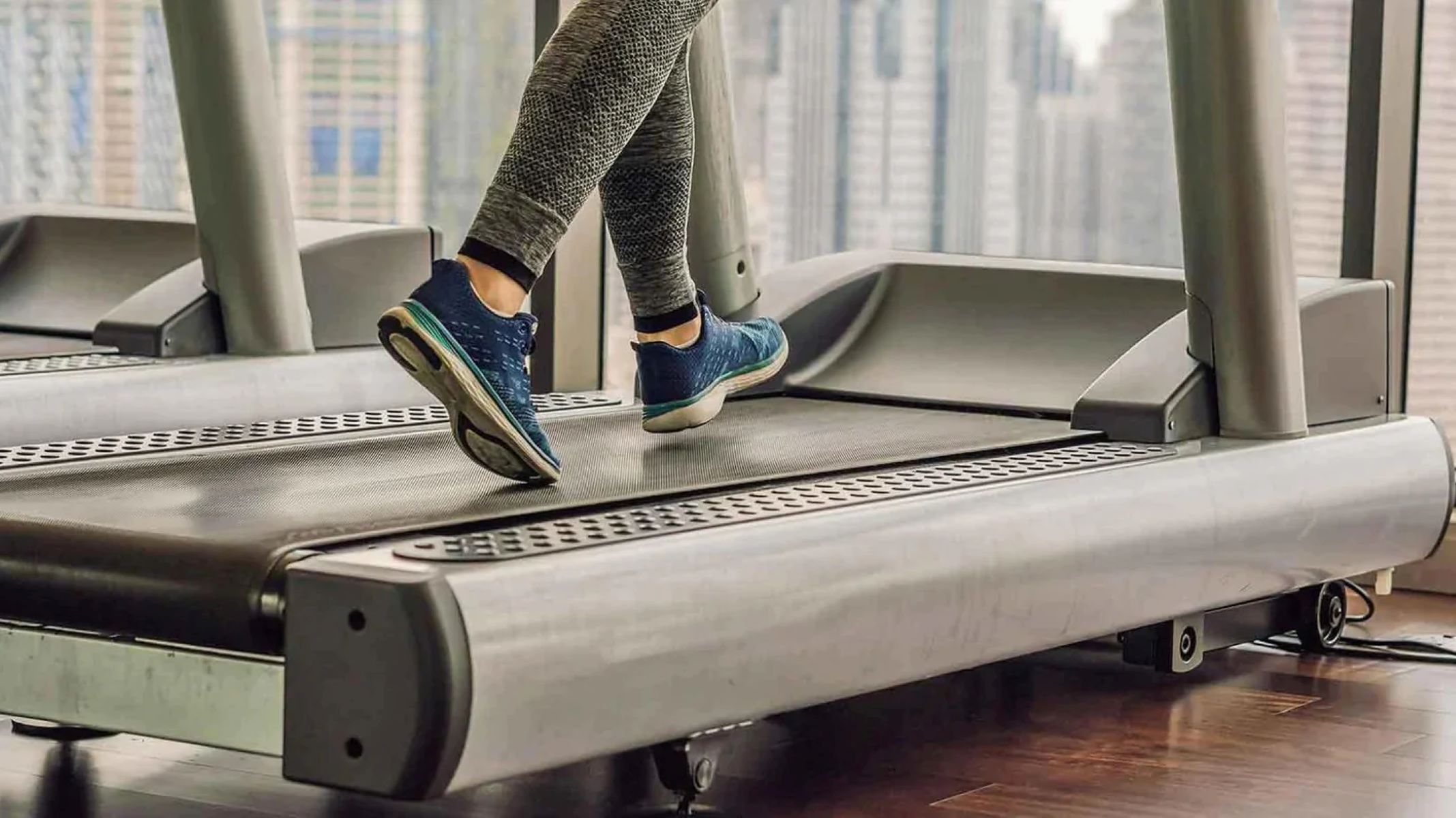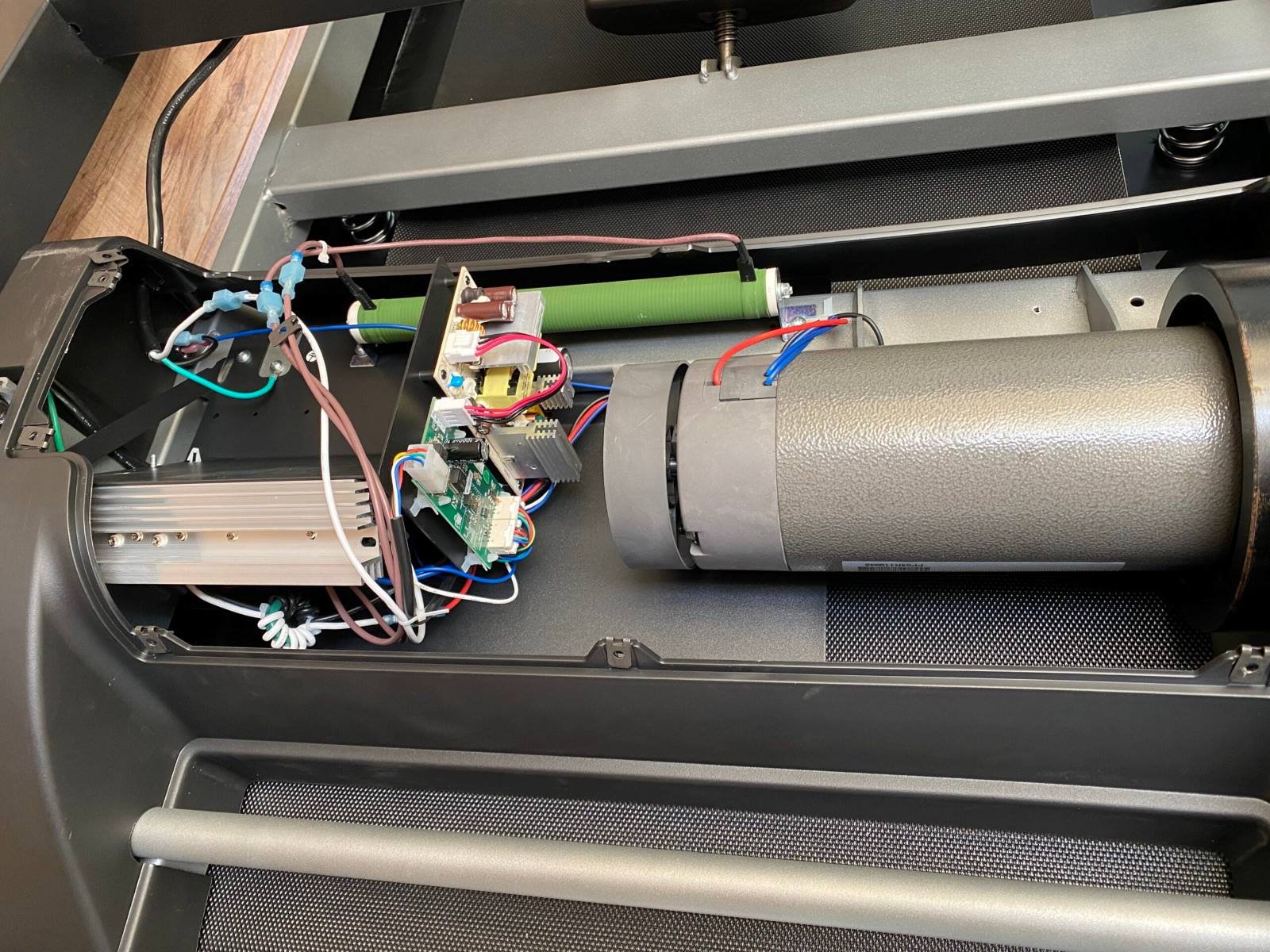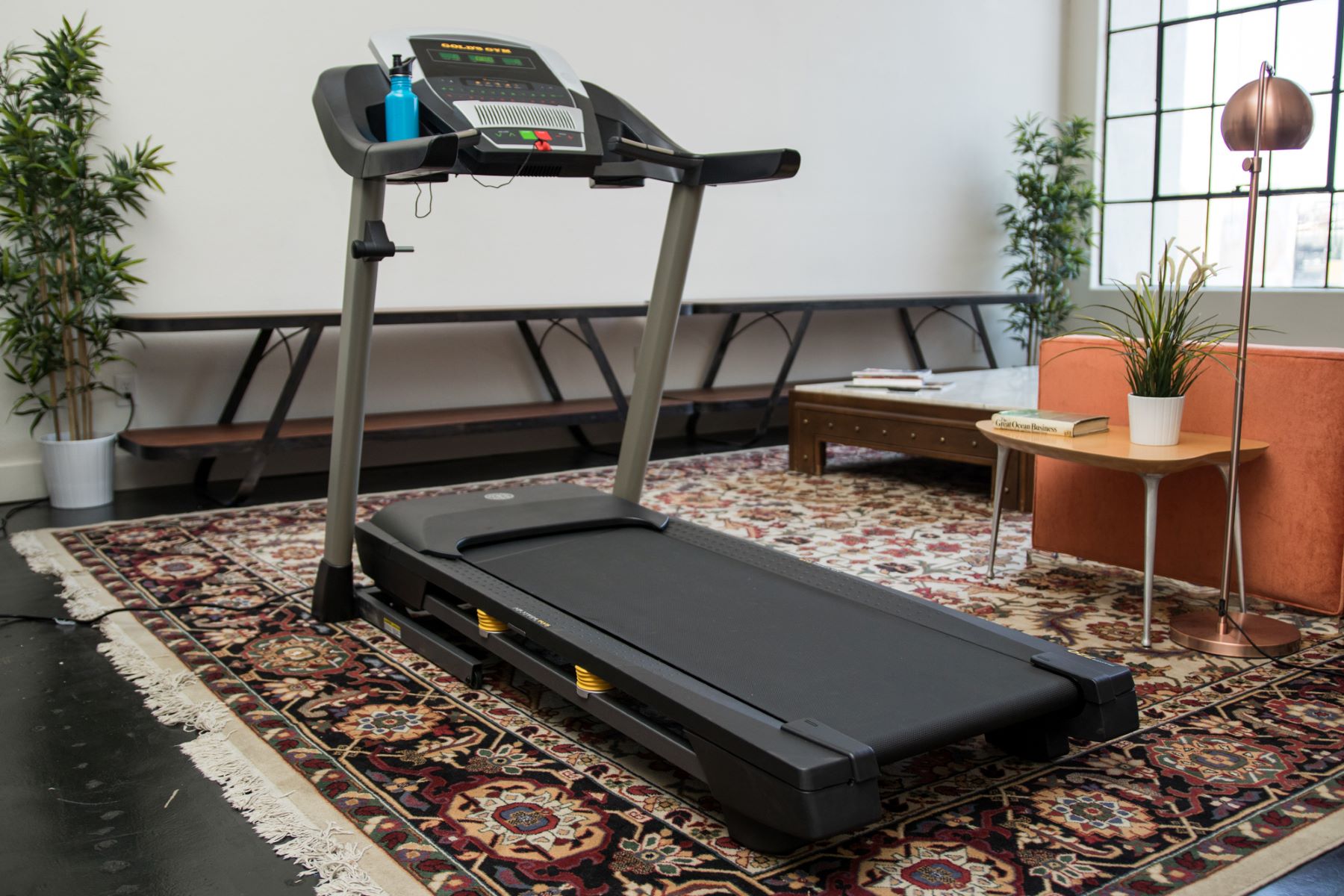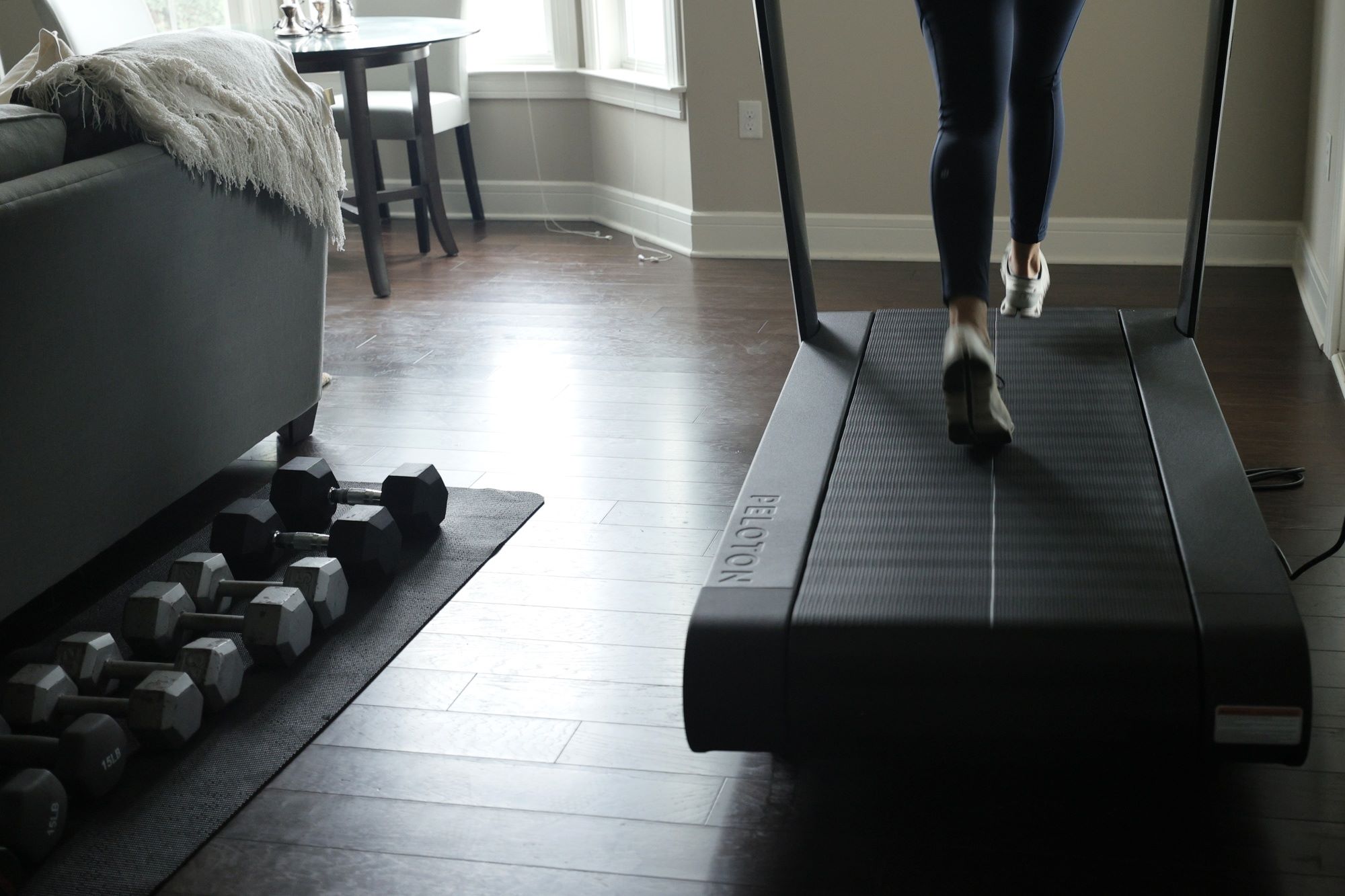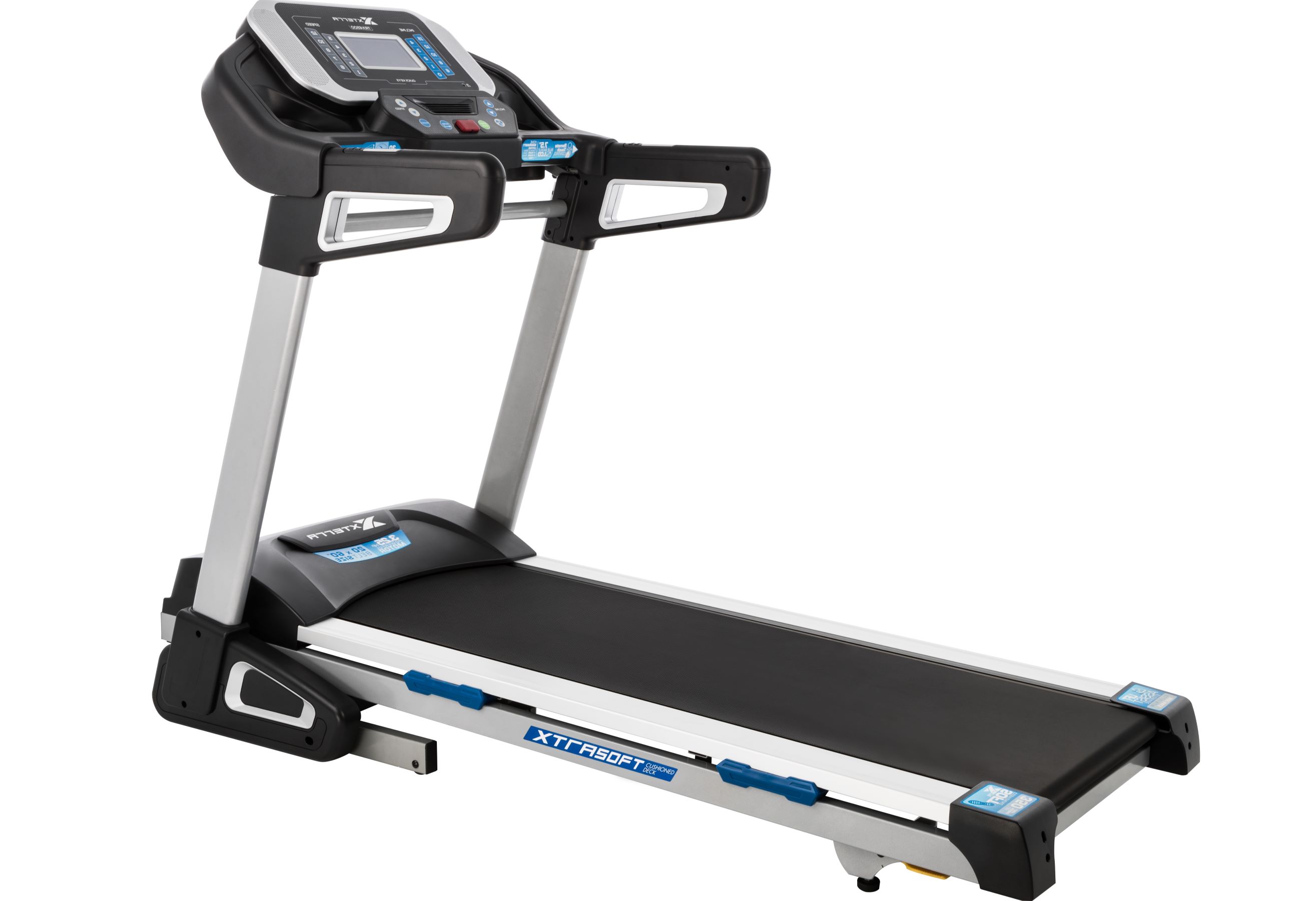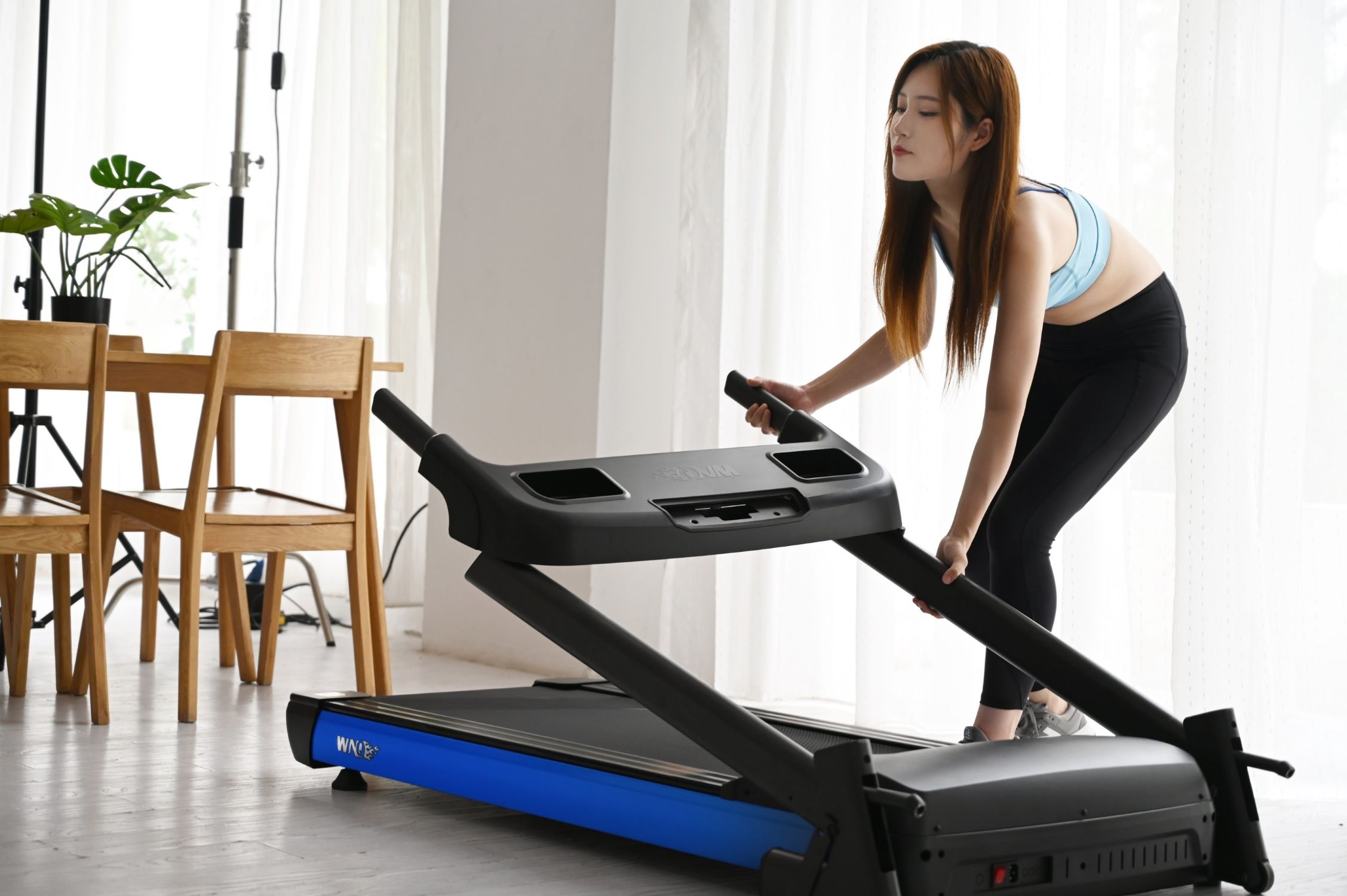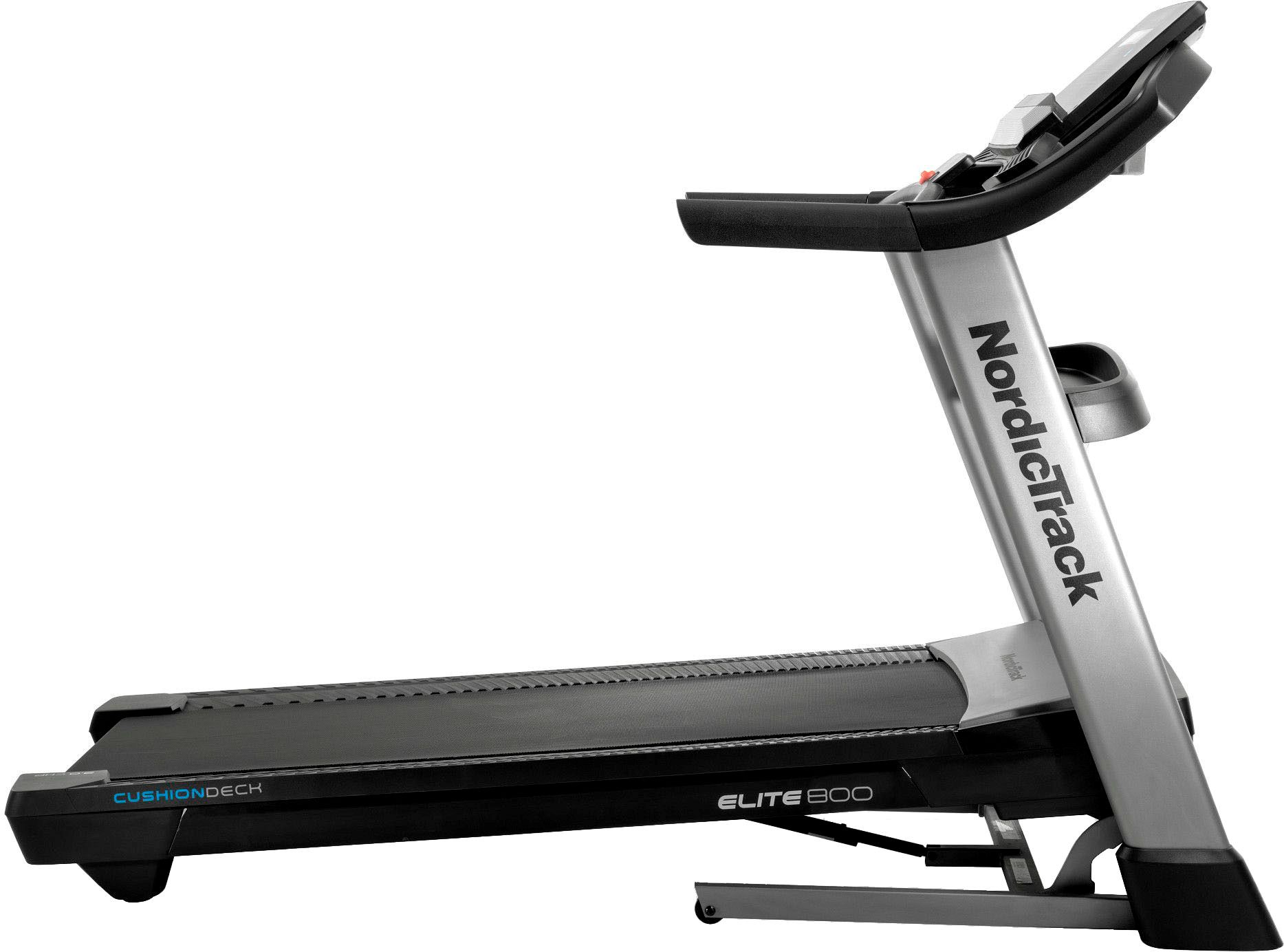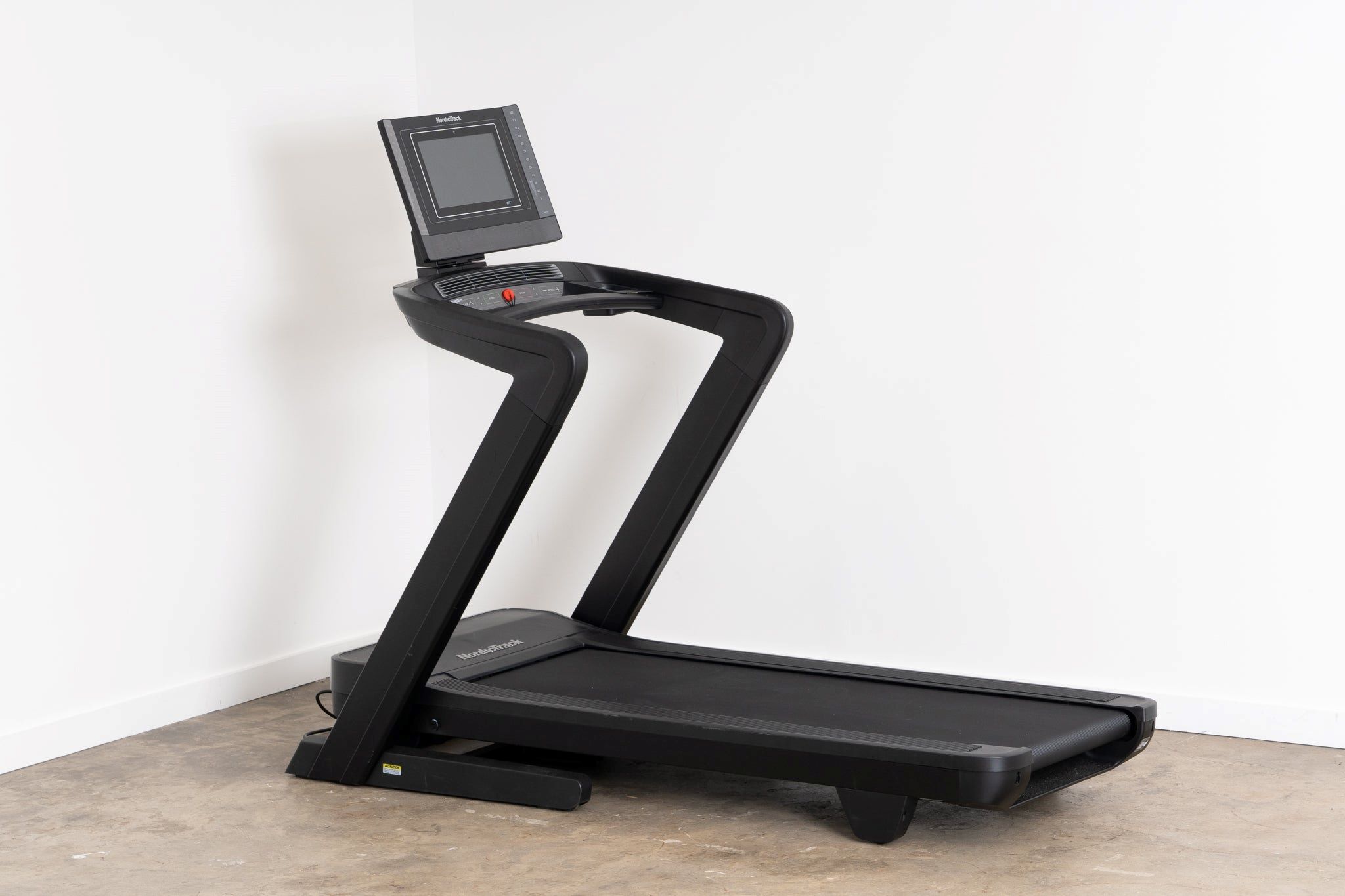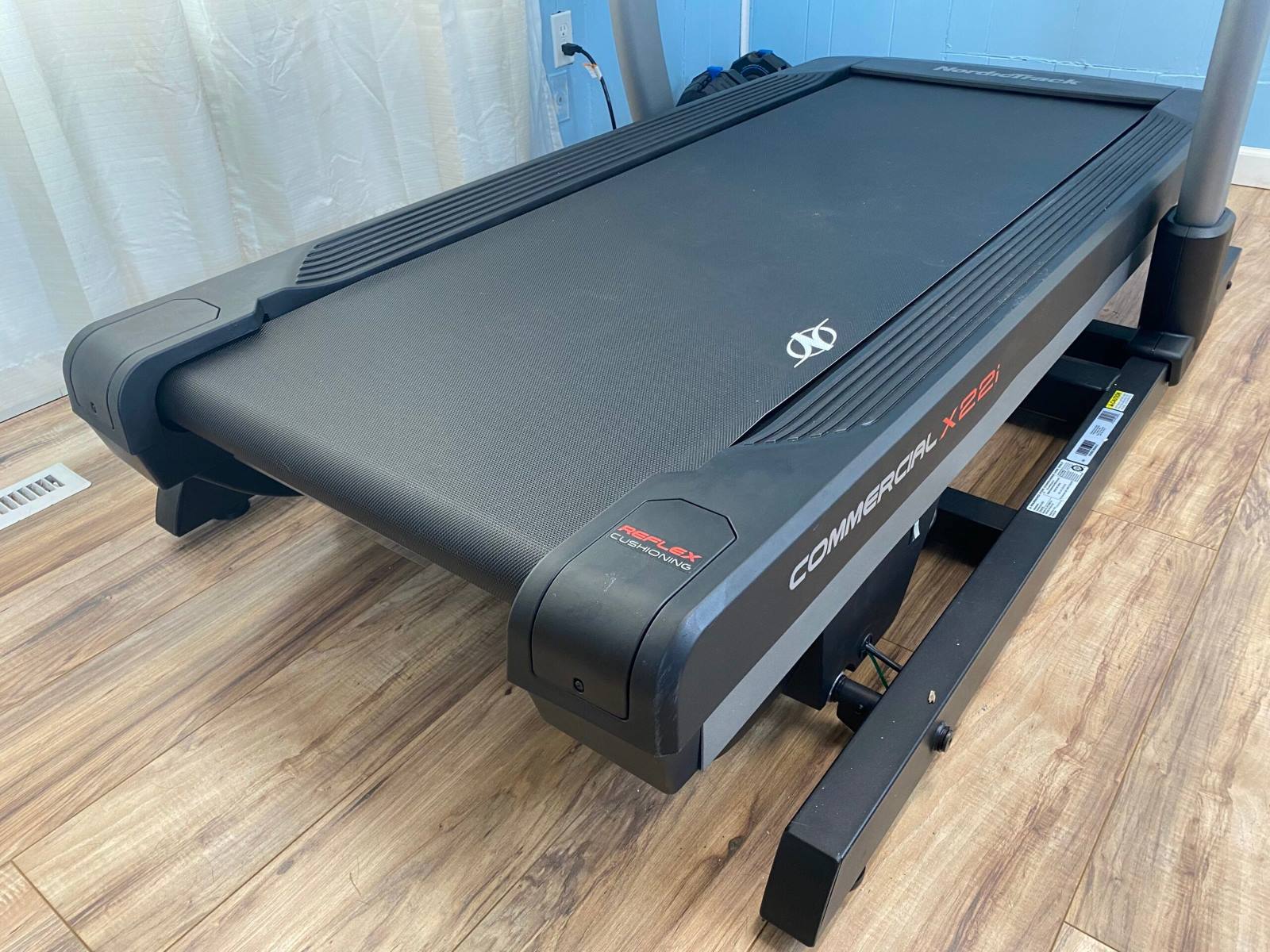

Featured
How Long Of A Treadmill Belt Do I Need
Modified: August 19, 2023
Find out the perfect treadmill belt length for your needs. Discover the featured treadmills with various belt sizes to suit your fitness goals.
Introduction
Choosing the right treadmill can make a world of difference in your fitness journey. One important factor to consider when selecting a treadmill is the length of the treadmill belt. The treadmill belt is the surface on which you run or walk, and its length plays a crucial role in providing a comfortable and safe workout experience.
Before purchasing a treadmill, it’s essential to understand how the length of the belt impacts your exercise routine. A belt that’s too short can limit your stride and may lead to discomfort or even injury. On the other hand, a belt that’s too long might make you feel unstable, negatively affecting your form and overall performance.
In this article, we will explore the different factors to consider when choosing the appropriate treadmill belt length for your needs. We will also discuss the importance of selecting the correct belt length, common belt lengths available on the market, and how to adjust and maintain the belt length for optimal usage.
Factors to Consider when Choosing Treadmill Belt Length
When selecting the treadmill belt length, there are several factors that you should take into consideration to ensure a comfortable and effective workout. These factors include:
- Height: Your height plays a crucial role in determining the appropriate belt length. Taller individuals typically require longer belts to accommodate their longer strides. Conversely, shorter individuals may find shorter belts more suitable.
- Running Style: Your running style also influences the choice of belt length. If you have a pronounced heel strike, a longer belt can provide ample space for your foot to land without hitting the front of the treadmill. If you have a more midfoot or forefoot strike, a slightly shorter belt might work well for you.
- Workout Intensity: Consider the type of workout you plan to engage in. If you primarily walk or jog at a moderate pace, a standard belt length may suffice. However, if you’re an experienced runner or intend to perform high-intensity sprints, you may benefit from a longer belt to accommodate your faster stride.
- Available Space: Take into account the dimensions of the room where the treadmill will be placed. Ensure that you have enough space to not only accommodate the length of the belt but also to allow for comfortable movement around the treadmill.
- Personal Preference: Ultimately, your personal comfort and preference matter. If you feel more at ease on a specific belt length, go with that choice. It’s important to listen to your body and select a length that allows you to exercise without any strain or discomfort.
Considering these factors will help you narrow down the options and choose a treadmill with the appropriate belt length for your needs. Remember, finding the right belt length is crucial for a safe, effective, and enjoyable workout experience.
Determining the Right Treadmill Belt Length for Your Height
One of the key factors to consider when choosing a treadmill belt length is your height. The length of the belt should be suitable for your stride length to ensure a comfortable and efficient workout. Here are some general guidelines to help you determine the right belt length based on your height:
- If you are shorter than 5’7″ (170 cm), a belt length of 48-52 inches (122-132 cm) is typically sufficient.
- For individuals between 5’7″ (170 cm) and 6’0″ (183 cm), a belt length of 52-58 inches (132-147 cm) is usually appropriate.
- If you are taller than 6’0″ (183 cm), consider a belt length of 58 inches (147 cm) or more to accommodate your longer stride.
Keep in mind that these are general recommendations and individual variations may exist. It’s essential to test the treadmill by walking or running on it to ensure that the belt length feels comfortable and provides ample space for your stride.
If possible, visit a fitness equipment store and try out different treadmill models to find the one that suits your height and workout preferences. This hands-on approach will give you a better understanding of how different belt lengths feel and help you make an informed decision.
Remember, selecting a treadmill belt length that aligns with your height will contribute to a more enjoyable and effective workout experience.
Importance of Proper Treadmill Belt Length
Choosing the proper treadmill belt length is essential for several reasons. A belt that is not the right length for your height and stride can have a significant impact on your workout experience and overall safety. Here are some reasons why selecting the correct treadmill belt length is important:
- Comfort: A treadmill belt that is too short can restrict your movement and make you feel cramped. This can lead to discomfort and hinder your ability to perform at your best during your workout. Conversely, a belt that is too long may cause you to feel unstable and throw off your balance.
- Safety: Having a belt length that suits your height and stride is crucial for your safety. If the belt is too short, it can force you to alter your natural stride, increasing the risk of tripping or falling. On the other hand, a belt that is too long may lead to an increased chance of losing your balance or stepping off the treadmill unintentionally.
- Proper Form: The right treadmill belt length allows you to maintain proper form while running or walking. It ensures that you can take natural and comfortable strides without having to shorten or lengthen your steps, which can put strain on your joints and muscles.
- Efficiency: When the treadmill belt length matches your height and stride, you can perform your workout more efficiently. You can maintain a consistent pace without feeling restricted or having to adjust your stride to compensate for a poorly fitting belt.
By selecting a treadmill with a belt length that suits your body and workout preferences, you can enhance your exercise experience, reduce the risk of injury, and achieve better results.
It’s crucial to prioritize safety and comfort when choosing a treadmill, and the appropriate belt length is a key component in ensuring a positive and effective workout.
Common Treadmill Belt Lengths and Their Suitability
Treadmills typically come in various belt lengths to accommodate users with different heights and stride lengths. Here are some common treadmill belt lengths and their suitability for different individuals:
- 48 inches (122 cm): This belt length is suitable for individuals who are shorter in height, typically under 5’7″ (170 cm). It provides enough space for comfortable walking or light jogging.
- 52 inches (132 cm): Treadmills with a belt length of 52 inches (132 cm) are ideal for users between 5’7″ (170 cm) and 6’0″ (183 cm). They offer a bit more room for longer strides without compromising safety and stability.
- 58 inches (147 cm): If you are taller than 6’0″ (183 cm), a treadmill with a belt length of 58 inches (147 cm) or more would be appropriate. This longer belt provides ample space for individuals with longer legs and larger strides.
It’s important to note that these are general guidelines, and the ideal belt length may vary depending on factors such as running style, preference, and available space. Trying out different treadmills with varying belt lengths is the best way to determine the most suitable option for you.
Additionally, some high-end treadmills offer adjustable belt lengths, allowing users to customize the length according to their specific needs and preferences. This feature can be especially beneficial for households with multiple users of varying heights.
When purchasing a treadmill, consider your own height, running style, and workout goals to identify the belt length that will provide the most comfortable and effective exercise experience.
Adjusting the Treadmill Belt Length
Some treadmills allow for adjustments to the belt length, which can be useful if you are sharing the treadmill with others or if you want to fine-tune the fit to your specific needs. Here are some steps to adjust the treadmill belt length:
- Refer to the treadmill’s user manual: Each treadmill model may have different instructions for adjusting the belt length. Consult the user manual provided by the manufacturer to understand the specific process for your treadmill.
- Locate the adjustment mechanism: Look for the bolt or screw that controls the position of the rear roller. This is typically found at the back of the treadmill, near the end of the belt.
- Loosen the adjustment mechanism: Use the appropriate tool, such as an Allen wrench, to loosen the bolt or screw. This will allow you to adjust the position of the rear roller and consequently, the tension and length of the treadmill belt.
- Adjust the belt length: Carefully move the rear roller to either tighten or loosen the belt, depending on your desired adjustment. Make small, incremental adjustments and test the belt tension after each change to ensure it’s at a comfortable and safe level.
- Tighten the adjustment mechanism: Once you have achieved the desired belt length, tighten the bolt or screw to secure the adjustment. Ensure that it is sufficiently tightened to prevent any movement during your workouts.
Note that adjusting the belt length may require some trial and error, as it’s important to find the right balance of tension and comfort. If you are unsure or uncomfortable making the adjustments yourself, consider consulting a professional or contacting the manufacturer for assistance.
Regularly check the tension and alignment of the treadmill belt to ensure optimal performance and prevent any potential issues. Follow the manufacturer’s guidelines for maintenance and adjustments to keep your treadmill running smoothly.
Tips for Maintaining the Treadmill Belt Length
To ensure that your treadmill belt remains in optimal condition and lasts for a long time, it’s important to follow a few maintenance tips. Here are some tips for maintaining the treadmill belt length:
- Regular Cleaning: Clean the treadmill belt and deck regularly to remove dirt, debris, and sweat. Use a soft cloth or a designated treadmill belt cleaner to wipe away any buildup. This helps prevent friction and ensures a smooth and consistent belt movement.
- Belt Lubrication: Check the manufacturer’s guidelines to determine if your treadmill belt requires lubrication. Lubricating the belt reduces friction and helps maintain the belt’s longevity and performance.
- Tighten Loose Bolts: Periodically inspect the treadmill for loose bolts or screws, especially those related to the belt tension and adjustment mechanism. Ensure they are tightened to the recommended specifications to prevent any belt slippage or abnormal movement.
- Check Belt Alignment: Verify that the treadmill belt is aligned properly with the deck. A misaligned belt can cause uneven wear and affect its performance. Consult the user manual for instructions on how to adjust the belt alignment if necessary.
- Monitor Belt Tension: Regularly check the tension of the treadmill belt. If it feels loose or too tight, follow the manufacturer’s guidelines to make the appropriate adjustments. Maintaining the proper tension ensures a comfortable and safe workout experience.
- Keep the Area Clear: Ensure that there is sufficient space around the treadmill to prevent any obstructions. This allows for safe movement and prevents any interference with the belt length.
- Follow Manufacturer’s Recommendations: Always refer to the manufacturer’s guidelines for specific maintenance instructions for your treadmill model. They often provide valuable information on cleaning, lubrication, and other maintenance tasks to keep the belt length in its best condition.
By following these maintenance tips, you can extend the lifespan of your treadmill belt and optimize its performance for a smooth and enjoyable workout experience.
Conclusion
Choosing the right treadmill belt length is crucial for a comfortable and effective workout. Factors such as height, running style, and workout intensity play a significant role in determining the appropriate belt length. By considering these factors and trying out different treadmill models, you can find the belt length that suits your needs.
Having the proper belt length is important for several reasons. It ensures comfort, safety, and proper form during your workouts. It also contributes to efficient and effective exercise, allowing you to achieve your fitness goals.
Common treadmill belt lengths range from 48 to 58 inches, with suitability depending on individual height and stride length. Adjusting the belt length, if possible, can further customize the fit to your preference.
To maintain the treadmill belt length, follow essential tips such as regular cleaning, lubrication, and proper tension. Regular inspection and maintenance will ensure the longevity and performance of the belt.
Remember, selecting the right treadmill belt length is crucial for an enjoyable, safe, and successful workout experience. Prioritize comfort, safety, and individual needs when choosing a treadmill, and don’t hesitate to consult the manufacturer or professionals for guidance.
Investing time and effort in selecting the appropriate treadmill belt length will significantly enhance your fitness journey and help you maximize the benefits of using a treadmill in your exercise routine.
